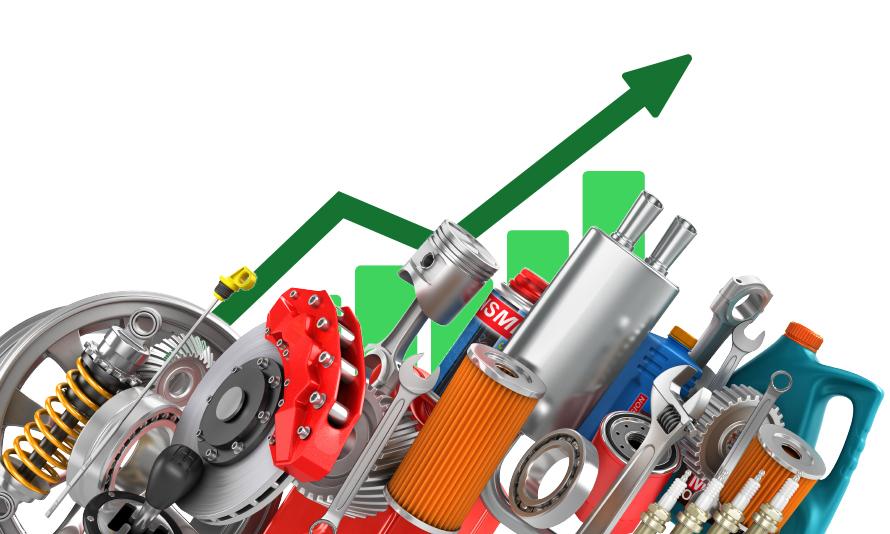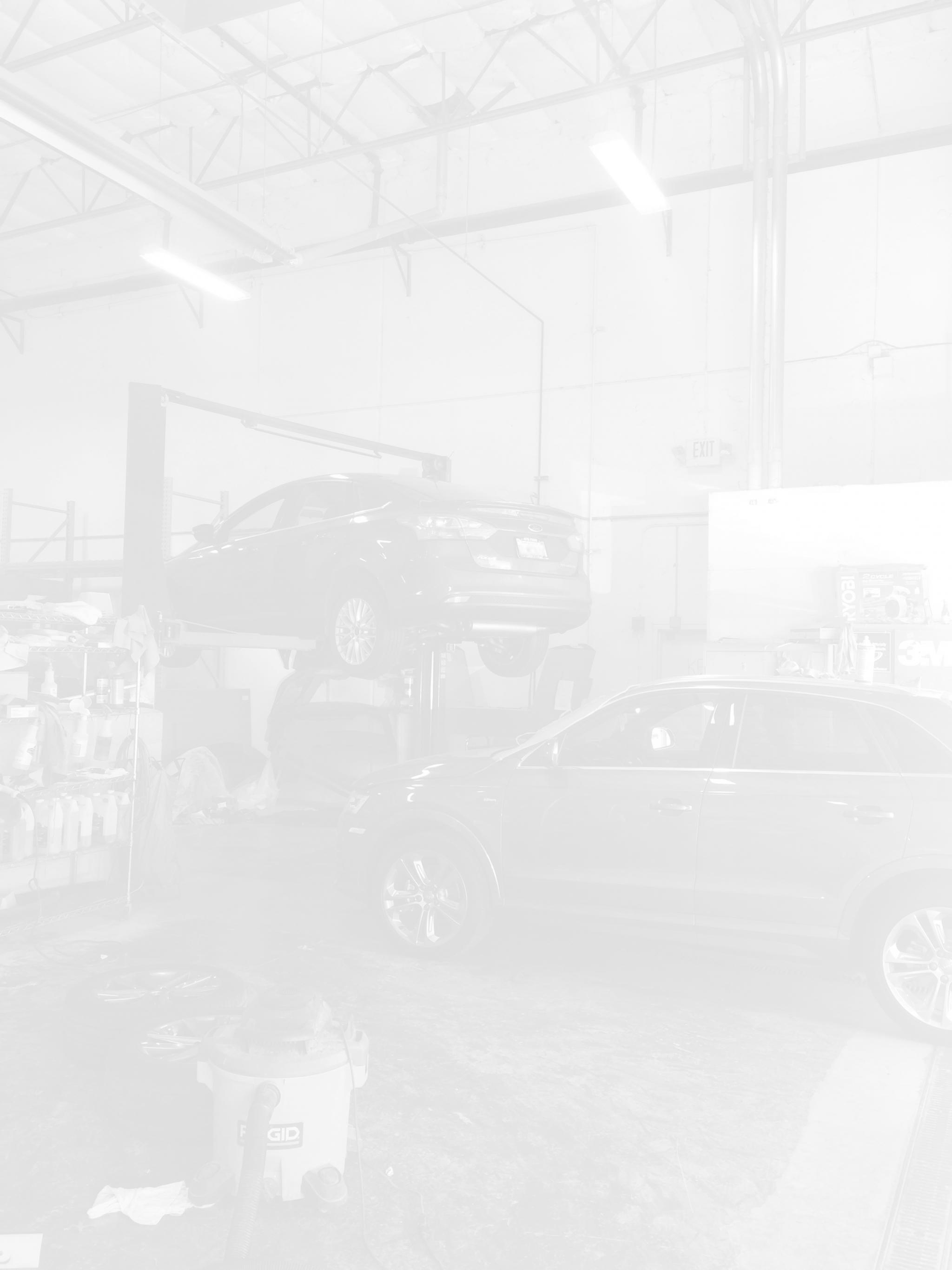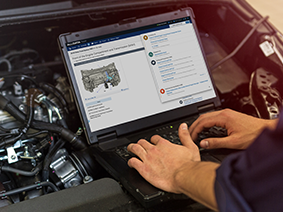Proper Parts Pricing to Insure Profitability
Shops struggle with parts pricing and sometimes ignore the link between parts markup and shop profit margins. Healthy shops often sell parts for more than the “street price.” The concern shop owners face is how much over that retail price they should mark up the parts and how to make the markup process as painless as possible.

There is a “science” (and some math) to parts-pricing strategies. There are also software tools available to help you with this daunting task. When these strategies are used properly a shop will improve profitability and will avoid leaving money “on the table.”
Profit is good – and necessary
The bottom-line goal is a 30 to 35% net operating profit for a financially solid shop – and a shop cannot reach that goal without a parts price markup strategy.
… we can buy the ingredients for a meal cheaper than our local restaurant will sell us the completed meal. We expect the restaurant to sell us the prepared food (and the ingredients) for a profit on the labor and the “parts.” And no, you can’t bring your own “parts” to the restaurant and have them “fix” them up for you.
Thrift-minded customers can buy parts cheaper than a profitable shop will sell those parts to them. We also know that we can buy the ingredients for a meal cheaper than our local restaurant will sell us the completed meal. We expect the restaurant to sell us the prepared food (and the ingredients) for a profit on the labor and the “parts.” And no, you can’t bring your own “parts” to the restaurant and have them “fix” them up for you. (Other than your own bottle of wine, and most restaurants charge a corkage fee for that privilege.)
Yet, some shops allow customers to supply parts for a job, or they sell them for the same price as the local parts store, thereby leaving that money on the table.
Sometimes a shop will do this out of fear of losing a customer. But if you do a job with little or no profit because you’re selling parts cheap or allowing customers to supply their own parts, you have actually hurt your business trying to retain a customer that negatively affects your net profit. Certainly, a shop wants to try to educate customers about how a viable business needs to be conducted. If that fails, there are also appropriate times to “fire” a customer to make way for a client that makes you money.
Ideally a shop will never sell at list price, set the mark-up high enough to generate a profit margin, and implement a plan that is easy to follow for the parts price markup.
Not all markups are created equally
Many automotive business consultants suggest an overall 100% markup on parts in order to achieve an overall 50-55% profit margin. This markup is important to achieve a 30 to 35% net operating profit. Shops that fail to succeed often have net operating profits of less than 15%.
Some shops just double the list price of some of the parts they sell. While that is an effective strategy for a $7 oil filter, it doesn’t work so well for a $400 alternator.
Choose the matrix
Set up a sliding scale that sets the amount of markup dependent on the price range of the part. A “parts markup matrix” would do the job. It turns out that programs like ALLDATA Manage Online make it easy to apply a markup matrix with only a little initial setup. Automating the markup process minimizes the possibility of human error while ensuring that the customer is not overcharged for parts. Parts from a local parts supplier that discounts heavily may get a higher markup; parts from a car dealer that are already priced higher may get a lesser markup to avoid pricing that is higher than the market will bear.
Here’s an example of a parts markup matrix from ALLDATA Manage Online for a repair shop that buys many of its parts from the local auto parts store.

Using a parts price markup matrix helps a shop obtain profitability. This becomes especially important as your shop workload shifts to more maintenance work and less repair work. This is due to increased vehicle reliability and longer service intervals which result in fewer labor hours required. This has already happened at many car dealership service departments and you can expect it to spread to all shops. Parts replacement will make up a larger portion of shop profitability as maintenance work often involves more parts and less labor.
But will my customers pay the higher parts prices?
If your customers love your service, the price of the parts won’t scare them away. You won’t do them any favors by discounting your way out of business. Parts pricing is part of total profitability. A profitable business will have staying power. Choose the markup matrix and enter the realm of higher profit.
Want to see how ALLDATA can improve shop efficiency? Check out our suite of products, each designed to contribute to both shop efficiency and productivity.
If you would like to read more articles like this one please subscribe to ALLDATA News.






